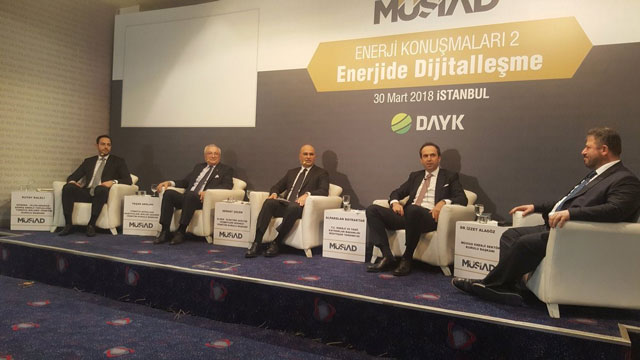Smart metering shows the way forwards for IoT adoption

A paradox exists within the electric utility industry - vendors and utilities are uncertain about making clear decision for their ‘IoT strategy’, yet almost 900 million smart electricity meters will ship from 2016 to 2023, writes David Green, Research Manager of Wireless Power and Smart Utilities at Markit Insight.
In reality, smart meters are IoT devices and electric utilities worldwide are some of the leading adopters of IoT technology in any industry.
Getting large scale adoption of smart electricity meters has been a decades-long process across the world, but the recent development of new product offerings from vendors on software and particularly managed services is helping to win new revenue from clients for hardware and beyond.
IHS Markit research forecasts over $1.2 billion will be spent on just meter-to-cash focused AMI managed services during 2016-2023, as utilities take advantage of these new vendor propositions to better achieve their ROIs.
The network problem
The central part of this movement towards Advanced Meter Infrastructure (AMI) focuses on the communication network and which particular technology is chosen. Out of the different types of managed services that a utility can purchase (from vendors) around their meter-to-cash process, 58% will be spent on “Network as a Service” (NaaS) – a clear indication of how importantly this part of the solution is viewed.
One of the greatest challenges in winning utility adoption of AMI has been getting the ‘right’ choice of communication technology. Vendors, utilities and even semiconductor or telecommunications companies are each waiting for a strong direction from the other; waiting for a single solution to ‘win out’.
However, IHS Markit does not expect one single winner to emerge, but a more regional picture and mix of best-suited technologies for each individual utility to be adopted. For example, considering all smart electricity meter shipments to North America from 2016 to 2023, traditional cellular, Point-to-multipoint fixed networks and PLC-Narrowband technologies each hold around a 10% market share in total, and only RF Mesh achieves higher.
A mixture of solutions will be adopted across the market, allowing utilities to adopt the one best suited to them. The rise of alternative business models, in particular “Network as a Service” with minimum-performance based contracts is also helping the adoption during these times of uncertainty.
It lowers the risk of investment for some utilities, allows utilities with little/no in-house capability to adopt new technology, plus lowers the initial cost for those where initial spend can be difficult (e.g. for municipal type utilities).
This move towards NaaS is one of the major parts behind the forecast $548 million spend on AMI managed services in Europe and $410 million spend in North America from 2016-2023. As utilities begin to realise that there is not a single, one-size-fits-all communication technology, and vendors continue to bolster their NaaS offerings, overall adoption of smart metering and related spend can only increase.
IoT is not a connection only issue
The second aspect to managed services spend is the ability to better focus on the use (and monetisation or return) on the data created. The right IoT strategy is not just an issue of which connectivity technology to use, but how to analyse and use the data too.
Whilst the electric utilities may not realise this, their focus on optimising the end-to-end ROI of a meter-to-cash focused AMI system is a perfect example of an overall IoT strategy; combining the meter hardware, communication network, software and analytics into a coherent solution, even if not from a single provider.
However, the messaging from vendors and the increasing adoption from utilities paints the same overall picture. An IoT strategy for utilities is emerging, but starts with the optimisation of the meter-to-cash AMI process. The good news follows that the benefits to utilities and spend with vendors then looks set to increase with every new application and re-use of data that can be developed in the future.
Source: Metering & Smart Energy









